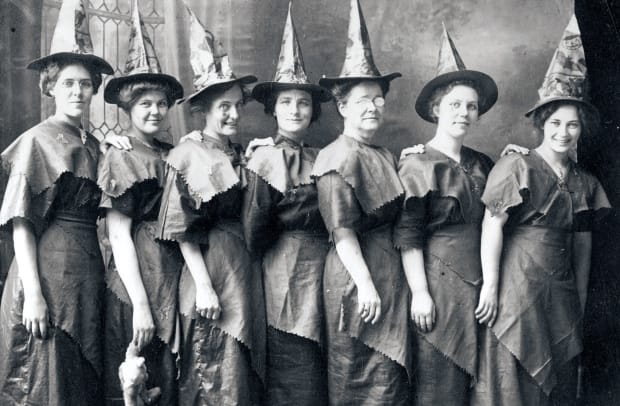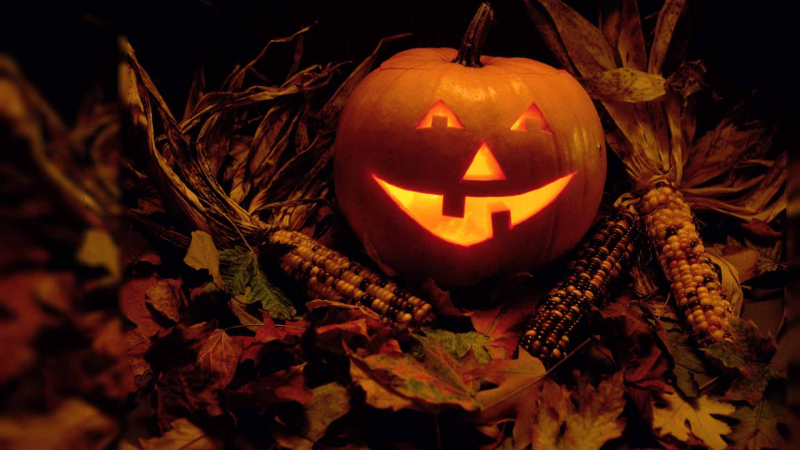Halloween Comes to America

Colonial New England's strict Protestant religious beliefs severely restricted the Halloween festivities. In Maryland and the southern colonies, Halloween was much more common.
A uniquely American interpretation of Halloween started to take shape as the beliefs and traditions of various European ethnic groups and American Indians converged. The first harvest celebrations included "play parties," which were open-air gatherings. Neighbors would sing and dance while exchanging ghost stories and fortunes.
Colonial Halloween celebrations also included the telling of ghost stories and various forms of mischief. Annual autumn festivities were common by the middle of the nineteenth century, but Halloween was not yet celebrated throughout the country.
America was flooded with new immigrants in the second half of the nineteenth century. These newcomers, particularly the millions of Irish fleeing the Irish Potato Famine, helped to popularize Halloween across the country.









